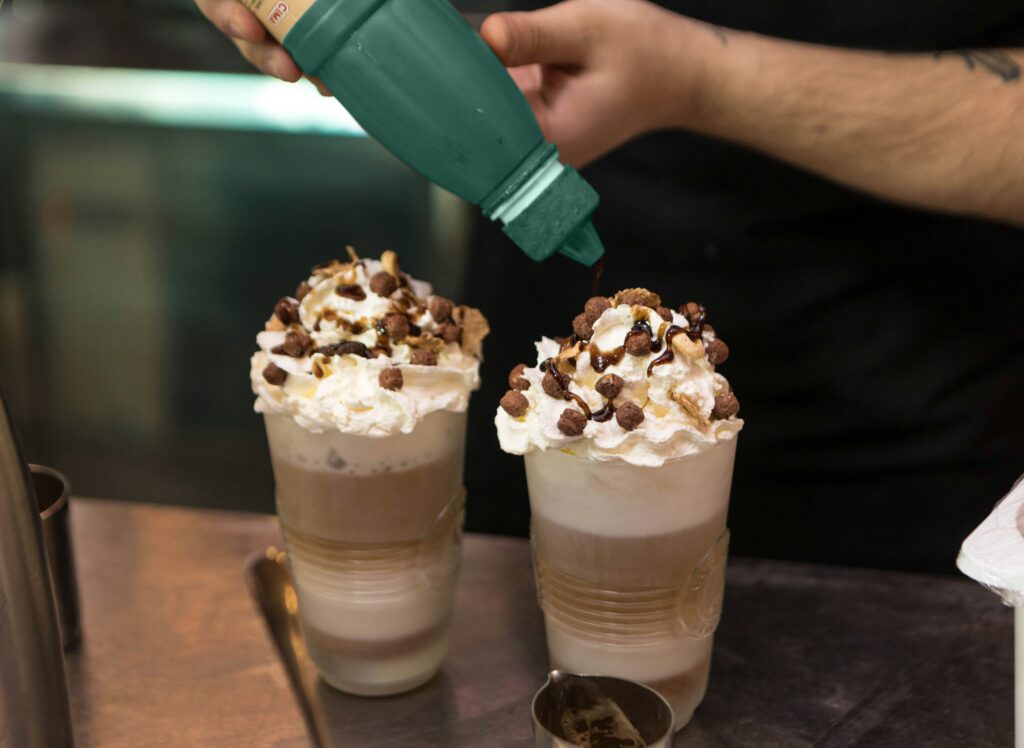Have you ever wondered how an ice maker knows exactly when to make ice? It’s almost magical, isn’t it? You open the freezer, and there it is—a fresh batch of ice cubes, ready to cool your drinks. This seemingly simple appliance has a lot more going on inside than you might think. From sensors to thermostats and a bit of engineering magic, an ice maker is a fascinating piece of technology.

The Basics of How an Ice Maker Works
Understanding the Components
To grasp how an ice maker figures out when to produce ice, it helps to understand the key components involved. Imagine you’re a detective on a case, piecing together clues to get the full picture. Here’s a breakdown of the critical parts:
| Component | Function |
|---|---|
| Water Valve | Controls the flow of water into the ice-making unit |
| Thermostat | Measures the temperature inside the freezer |
| Ice Mold | The tray where water gets distributed to form ice cubes |
| Ejector Blades | Rotate to push the formed ice cubes out of the mold |
| Control Module | The brain of the operation, containing the sensor and logic to control the entire process |
How the Components Work Together
Think of these components as the members of a well-coordinated team, each playing a crucial role. When one part doesn’t perform well, the entire operation gets compromised. For instance, if the water valve malfunctions, water won’t fill the ice mold, leaving you without ice.
The Initial Fill Phase
When you set up your ice maker, the initial phase involves filling the ice mold with water. The water valve receives a signal to open, allowing water to flow into the ice mold. After a few minutes, the mold is filled to the right level, and the water valve closes.
The Role of Sensors and Electronics
Temperature Sensors
At the heart of your ice maker lies a temperature sensor, usually embedded within the control module. The sensor keeps a close watch on the temperature inside the freezer. When it drops to a specific point—let’s say, around zero degrees Fahrenheit—the sensor sends a signal that it’s time to start the freezing process.
Electronic Timer
The control module also includes an electronic timer. Think of it as the clock-watcher of the group, making sure each step happens at just the right moment. After water pours into the mold and begins to freeze, the timer starts a countdown. Once the timer reaches its preset mark, which usually lasts around 90 minutes, the ice should be fully formed.
| Phase | Duration |
|---|---|
| Initial Water Fill | A few minutes |
| Freezing | Approximately 90 minutes |
The Control Module: The Brain of the Operation
The control module serves as the command center, coordinating between the sensors and various mechanical parts. It’s like a good project manager, ensuring everything happens in the right sequence and on time. When the temperature sensor signals that the water has frozen, and the timer counts down, the control module triggers the ejector blades to push out the ice cubes.
Ice Ejection and Refill Cycle
Ejecting the Ice
Ejector blades rotate to loosen the ice cubes from the mold. Sometimes, a heater briefly warms the bottom of the mold to make the ejection smoother. You hear that satisfying clatter as the newly-formed ice cubes fall into the storage bin.
Refilling the Mold
Once the ice is ejected, the mold is empty again. Sensors detect this and send a signal to the water valve to refill the mold with water, and the cycle starts anew. Imagine it like a loop—in, freeze, out, repeat.
How the Ice Level is Managed
Bin Level Sensor
Ever wonder how your ice maker knows when it has produced enough ice? That’s where the bin level sensor comes into play. This sensor checks how much ice is in the storage bin. When the bin reaches a certain level, the sensor sends a signal to pause ice production.
Avoiding Overproduction
By monitoring the ice level, the sensor prevents overproduction. This way, you’re not overwhelmed by a mountain of ice, and the machine doesn’t waste energy making ice that isn’t needed. It’s a smart system designed to balance supply and demand perfectly.

Advanced Features in Modern Ice Makers
Smart Connectivity
With advancements in technology, some modern ice makers can even connect to your smartphone. Imagine getting a notification that your ice bin is low or that the machine requires maintenance. This kind of connectivity makes it convenient and easy to ensure you never run out of ice.
Energy Efficiency
Newer models also focus on energy efficiency. They may feature more sensitive sensors and better insulation, which can help reduce the overall energy consumption. The environment benefits, and so does your utility bill.
Self-Cleaning Mechanisms
Nobody enjoys cleaning appliances, especially ones as integral to your daily life as an ice maker. Some advanced models come with self-cleaning features that make maintenance a breeze. Using specialized solutions, these machines can clean themselves, ensuring optimum performance and hygiene.
Troubleshooting Common Issues
Ice Maker Not Producing Ice
If your ice maker stops producing ice, you don’t have to immediately call a technician. Sometimes, the solution is as simple as checking if the water line is connected. Other common fixes include ensuring the freezer is at the right temperature and making sure the ice mold isn’t jammed with old ice cubes.
Malfunctioning Sensors
Should you suspect that a sensor has gone awry, it might be wise to consult the user manual first. Often, a simple reset can fix sensor issues. If the problem persists, replacing the faulty sensor could be the next step.
Water Overfill
Overfill issues usually stem from a malfunctioning water valve or an issue with the timer. A faulty water valve can keep water running into the mold longer than it should, leading to overflows. A malfunctioning timer could also fail to trigger the water valve to shut off at the right time.

Maintenance Tips
Regular Cleaning
Keeping your ice maker clean will prolong its life and ensure the ice you’re consuming is safe. It’s advisable to clean the molds, storage bin, and sensors every few months. Use warm water and mild detergent, ensuring you dry everything thoroughly before turning the machine back on.
Frequent Inspections
Regularly inspect all parts of your ice maker for signs of wear and tear. Pay special attention to the water line and seals, as leaks can lead to bigger problems down the road. It’s easier and cheaper to replace a worn-out seal than to deal with water damage.
Store at Optimal Temperatures
Ensure your freezer is always set to the optimal temperature recommended by the manufacturer. Extreme deviations can affect not only your ice maker but also the quality of the ice produced.
Future of Ice Makers
AI and Machine Learning
Don’t be surprised if the next generation of ice makers harnesses the power of AI and machine learning. Imagine a machine that learns your ice consumption habits over time and adjusts its production schedule accordingly.
Sustainable Materials
With growing awareness about environmental conservation, future ice makers may use more sustainable materials. From biodegradable components to more energy-efficient insulators, the future looks greener.
Enhanced User Experience
User-friendly interfaces with touch screens, voice controls, and even more smart home integrations are on the horizon. The aim is to make your experience as seamless and satisfying as possible.
Conclusion
Understanding how an ice maker knows when to make ice brings a newfound appreciation for this everyday appliance. From the intricacies of sensors and control modules to the mechanics of ejection and refill cycles, each part works in harmony to deliver your ice exactly when you need it. With regular maintenance and a little awareness, you can keep your ice maker functioning efficiently for years to come. So, the next time you pop some ice into your drink, you’ll know just how much ingenuity went into making that moment possible.



